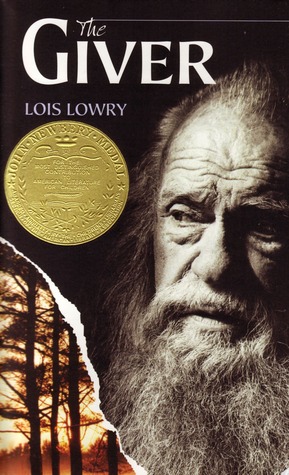Celebrating Writers: From Possibilities Through Publication
Authors: Ruth Ayres with Christi Overman
Published: November 28th, 2013 by Stenhouse Publishers
GoodReads Summary: Writing begins before students even pick up a pencil, but there are many reasons to stop and rejoice between the idea and the finished project. By helping students celebrate each stage of the writing process and applauding success, we help our students persevere through what can be an extended and challenging process.
In their innovative new book, Celebrating Writers, Ruth Ayres and Christi Overman discuss dozens of ways to respond, reflect, and rejoice along the journey to a finished project. This type of celebration nurtures students, makes them better writers, and helps them recognize that writing is a process filled with notable moments, not simply a result where publication is the only marker of success. From traveling notebooks to lunch-table writing, from author interviews with a writing partner to silent reflection, from swapping stories around a “campfire” to tweeting favorite lines, Ruth and Christi share dozens of fun and effective ways for you and your students to commemorate their progress as writers. As the authors write, “It’s time to expand the idea of celebration to include the process of writers and the products they create. Let’s build an approach that weaves celebration into the heart of all writers. Be ready to learn to refuel the writers in your classroom, even on the tough days.”
Review and Teacher’s Tools for Navigation: I know a professional development text is a good one when I feel compelled to get out of my bed to nab my highlighter. There are many flag-worthy passages in this book. My focus is Secondary English Education, and even though this book seems to be primarily focused on Elementary Education, I plan to share some of the ideas from this text with my students tomorrow. The true audience of this book is all teachers of writing. Ayres and Overman provide a plethora of ideas to help students celebrate their writing. They state, “When we celebrate throughout the process, we help students become people who know their words can influence, encourage, and incite change” (p. 7).
While I always thought I celebrated my students’ writing, this book taught me so many MORE ways to help them rejoice in order to truly nourish them as writers. Some of the ideas the authors include are methods for students to respond to their peers’ writing, ways for students to formally assess and reflect upon their own writing, ideas for students to examine their own strengths and weaknesses as writers, and numerous modes for students to share their writing with online communities. There are a variety of handouts that are all downloadable from the companion website (a HUGE plus for busy teachers). The fifth chapter of this book is my favorite—it details forty formal celebration ideas. These are ideas that are much more clever than asking students to bring in cupcakes.
Discussion Questions: How do I teach my students to rejoice in their writing? Why is this important?; How do I help my students share their writing with online communities?; How do I help my students learn to rejoice in the writing of their peers?
We Flagged: “Response, reflection, and rejoicing position us to celebrate the writer in addition to the writing. These frames also allow us to celebrate throughout the writing process instead of solely at the end. They move us to a focus on learning as writers. Our celebrations nourish writers, nudging them to continue writing with expertise and energy” (p. 15).
Read This If You Loved: Black Ants and Buddhists by Mary Cowhey, In the Middle by Nancie Atwell, Bird by Bird by Anne Lamott, Writing Workshop by Ralph Fletcher
What is your favorite book for teaching writing? Have you read this one? What did you think? Please share your thoughts!
**Thank you, Stenhouse Publishers, for sending me this book for review!**









































